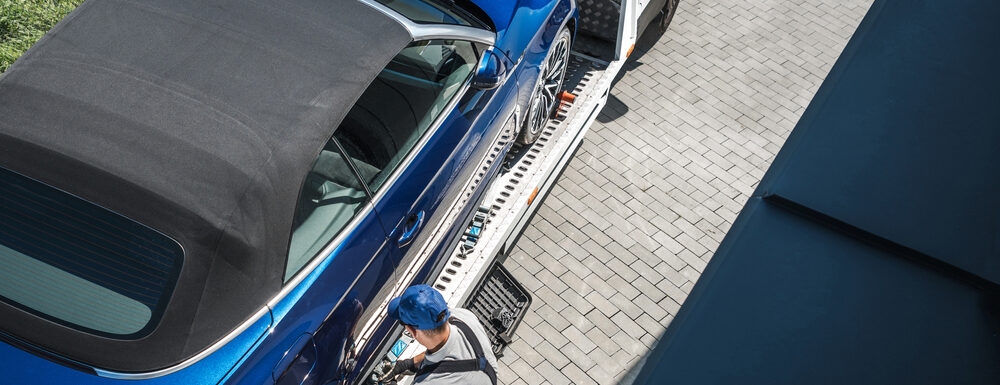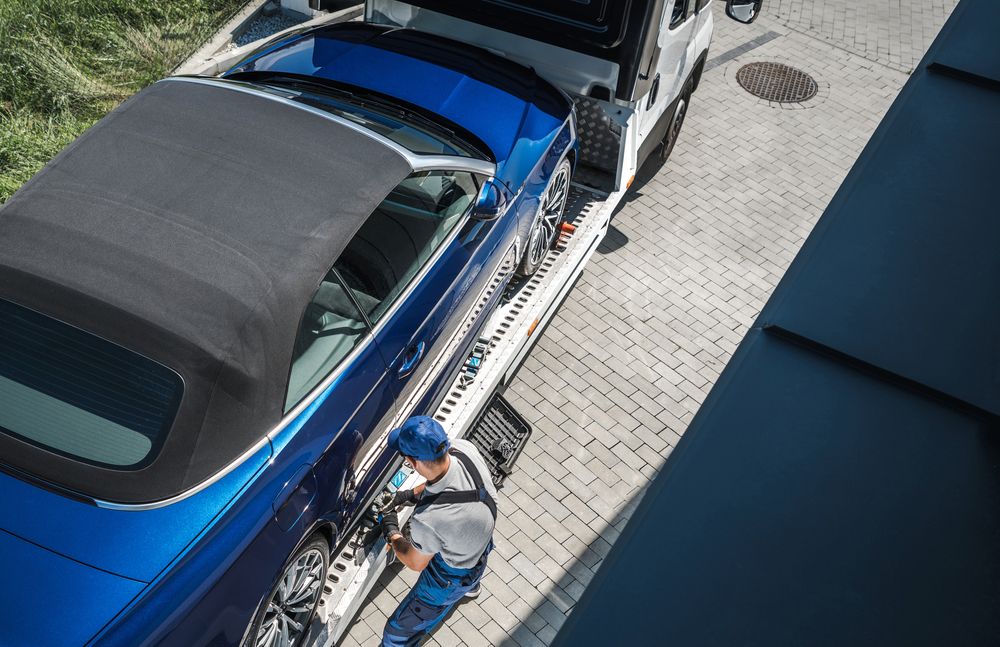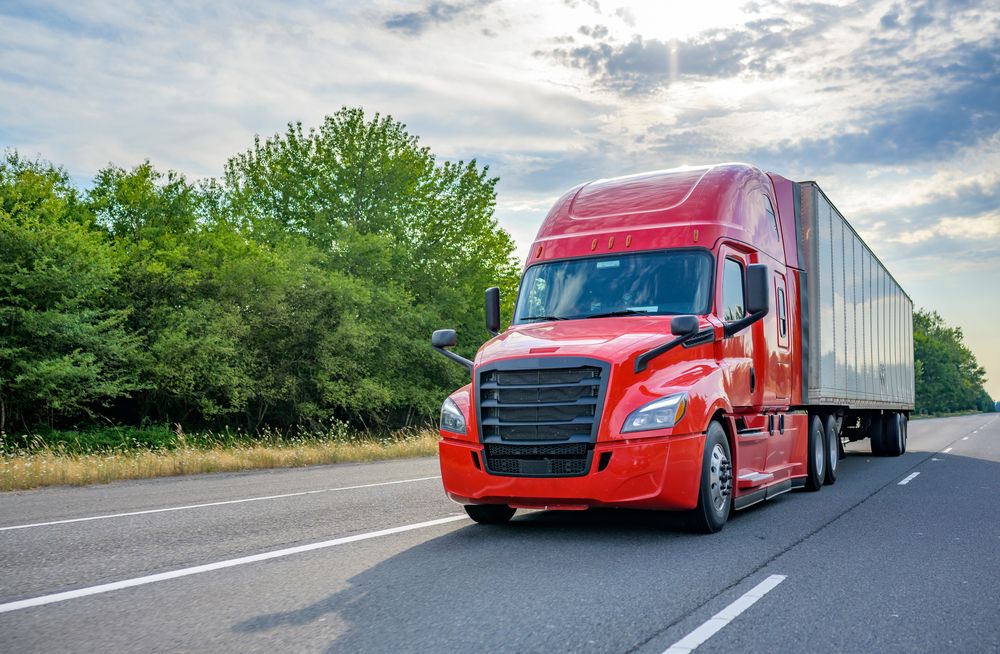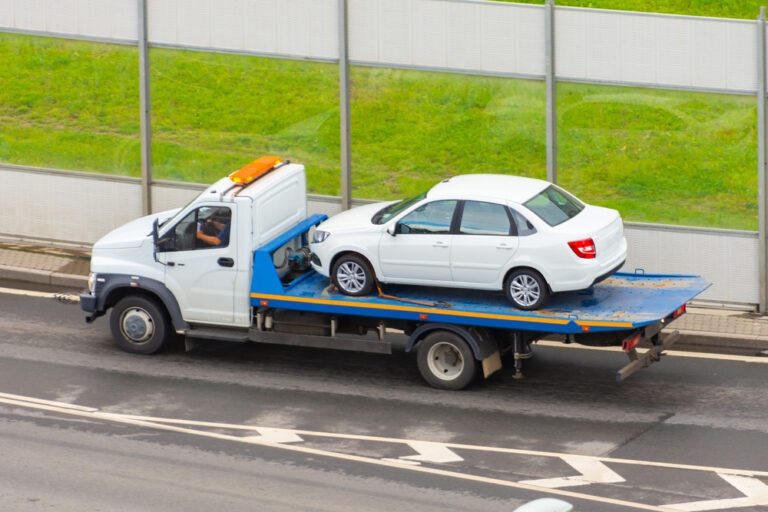
The Many Different Types Of Transport Trucks
In today’s interconnected world, the reliable transportation of goods is essential for the smooth functioning of shipment. Some consider transport trucks as the backbone of this logistics network! Whatever you think, it is important to recognize that not all cargo can be transported using a one-size-fits-all approach. Fortunately, there is a pretty impressive array of transport trucks, each specifically designed to meet the unique requirements of different industries and the goods they carry.
From semi-trailers to flatbeds, to dry vans, reefers, and tankers to specialty trucks, the world of freight transportation there really is a diverse range of vehicles. Each type caters to specific cargo categories, ensuring safe and efficient delivery across the country and even internationally.
This article will delve deeper into these various types of trucks, shedding light on their distinct characteristics and the specific cargo they are designed to haul. By understanding the nuances of these trucks, you can make informed decisions and figure out what best suits your needs. So, read on to explore the world of transport trucks and discover how they facilitate the movement of goods across vast distances.
Cars: Open and Enclosed Transport

When it comes to transporting vehicles, different options are available depending on the quantity and type of vehicles being moved.
At ShipLux, we offer open transport. This is an open-ended trailer and used with a ½-1 ton truck that is capable of pulling 1 to 5-car trailers. This method is commonly employed for short to medium-distance car transportation, providing an efficient and cost-effective solution.
On the other hand, semi trucks take car transport to a larger scale by pulling 3 to 11-car trailers. This type of transport is more commonly utilized for long-distance hauls, such as intercity or interstate car deliveries, accommodating a greater number of vehicles in one single trip. Whether it’s a small-scale open transport or a large-scale semi-truck operation, these methods ensure the safe and reliable transportation of cars from one location to another.
We also offer enclosed transport, which is our most secure method of shipping as enclosed transport provides enhanced protection and security for the vehicles being transported. Enclosed transport offers a solution for those seeking to shield their cars from the elements and potential damage.
With this method, ½-1 ton trucks are used that are impressively capable of pulling 1-3 car enclosed trailers. These trailers feature a closed structure, ensuring that the vehicles inside are sheltered from adverse weather conditions and road debris.
For larger-scale car transportation, semis equipped with hard side liftgate trailers are used instead, since they are capable of hauling between 6-7 cars. These trailers have a sturdy and enclosed design, adding additional safeguarding to the vehicles during transit. Alternatively, soft side 9 car haulers can be used, providing flexibility and accommodating a greater number of cars.
All of these methods offer an added layer of protection and security, ensuring that the transported vehicles are able to reach their destination unscathed.
Freight Trucks

Freight trucks are impressive transportation methods. They can carry cars, machines, and any other large equipment that can fit inside. When it comes to transporting freight, there is a wide range of specialized trucks to cater to different cargo requirements.
For smaller shipments, ¾-1 ton trucks are often utilized, pulling gooseneck flatbed trailers in a configuration commonly known as a “hotshot.” These trucks are ideal for expedited freight delivery, offering flexibility and quick transportation of various goods.
For larger scale transportation, semi trucks are considered the workhorses of the freight industry, equipped with different types of trailers depending on the cargo. Semis can use the following:
- Flatbed Trailers: are commonly used to haul oversized or unconventional cargo that cannot fit inside an enclosed structure. They provide an open and versatile platform to this efficiently.
- Dry Vans: provide a secure and enclosed box-like trailer suitable for transporting general and dry goods. They are enclosed and weatherproof trailers, ensuring protection and security throughout the journey.
- Reefers: Reefers, also known as refrigerated trailers, are indispensable in the transportation industry as they provide temperature-controlled environments for safely moving perishable goods, such as food and pharmaceuticals, ensuring optimal freshness and preserving product integrity, throughout the journey.
- Step Deck Trailers: have lowered deck heights paired with a unique design that offer a practical solution for transporting taller cargo that cannot fit within standard trailers, allowing for the efficient transportation of oversized or specialized equipment and materials.
- RGN/Lowboy Trailers: are specifically designed for heavy and oversized equipment, providing a stable and secure platform with multiple deck levels that allow for the safe and efficient transport of large machinery, construction equipment, and other bulky loads, such as heavy and oversized equipment or machinery.
- Landoll Trailers: are equipped with hydraulic systems, offer convenient loading and unloading capabilities for heavy cargo. These trailers provide an efficient and secure solution for transporting specialized equipment, vehicles, and other heavy loads, simplifying the logistics involved in moving challenging and substantial items. They are efficient and reliable for shipment of various sectors and distances.
Recreational Vehicles and Trailers

When it comes to towing and hauling recreational vehicles (RVs) and trailers, a variety of options exist to suit different needs and preferences. Regardless of where your adventure takes you, you’ll want your RV there, too!
½-1 ton trucks are commonly used for RV shipping, offering the necessary towing capacity. These trucks can employ and variety of impressive towing mechanisms, including the following:
- Ball Hitch: Tow-pull operations using a ball hitch allow for the efficient towing of trailers, providing a reliable connection between the truck and the trailer for safe and convenient transportation.
- Fifth wheel Hitch: is a commonly used towing mechanism, providing a secure and stable connection between the towing vehicle and the trailer, allowing for the safe and smooth transportation of larger trailers, including, as the name applies, fifth-wheel RVs or other heavy-duty equipment trailers.
- Pintle Hitch: are known for their strength and durability, making them popular for heavy-duty towing applications, due to their robust connection between the towing vehicle and the trailer. These hitches are commonly used when superior towing capacity is required, allowing for the safe and efficient transportation of large and heavy trailers, such as construction equipment or military vehicles.
- Gooseneck Hitch: offer a reliable towing solution for larger trailers by distributing the weight evenly between the towing vehicle and the trailer. With their unique design that extends over the rear axle of the truck, gooseneck hitches provide increased stability and maneuverability, making them ideal for towing heavy loads such as horse trailers, flatbed trailers, or large utility trailers.
- King Pin Hitch: serves as a crucial component due to the heavy-duty coupling mechanism that ensures a secure connection between the trailer and the towing vehicle. By utilizing a king pin hitch, which fits into the corresponding fifth-wheel hitch on the truck, it enables efficient and safe towing of substantial loads over long distances. The king pin’s reliable design and compatibility with specialized trailers make it a preferred choice for commercial hauling and recreational towing applications.
Instead of towing, there is a hauling option. Hauling with a 40-53 foot trailer featuring a central rail provides a versatile solution for transporting. These trailers are equipped with a central rail system that allows for the convenient loading and self-loading of trailers, simplifying the logistics of transportation. With this setup, we have increased flexibility to efficiently load and unload trailers as needed, making it an efficient option.
There is also the option to tow RVs and trailers via semi trucks. Similar to ½-1 ton trucks, they offer the same hitches. A ball hitch is commonly used for smaller trailers, providing a secure connection between the semi truck and the trailer. For larger and heavier trailers, a fifth wheel hitch is used, ensuring stability and efficient weight distribution. Pintle hitches are preferred for heavy-duty towing, offering exceptional strength and durability.
Gooseneck hitches, on the other hand, are commonly used for towing large trailers that require a higher weight capacity. Lastly, a king pin hitch is utilized for towing fifth-wheel RVs or semi-trailers, providing a reliable and secure connection. With these various towing options available for semi trucks, RVs and trailers can be safely transported to their destinations, catering to a wide range of cargo sizes and weights.
In the realm of hauling, trucks equipped with 40-53 ft trailers featuring a central rail offer the convenience of loading and self-loading trailers, facilitating efficient transportation. These setups allow for flexibility and ease when it comes to towing RVs and trailers, ensuring that individuals can embark on their adventures with peace of mind.
The haulage of RVs and trailers using a semi-truck often involves a 48-53 foot low profile trailer equipped with a center rail. These are designed to provide efficient and secure transportation for a wide range of cargo. They feature a nifty, low profile design allowing for better aerodynamics and improved fuel efficiency, while the center rail serves as a guide for loading and securing the cargo. This configuration ensures that the cargo remains stable and protected during transit.
With the flexibility and capacity of the 48-53 low profile trailer with a center rail, the semi truck becomes an indispensable asset in the transportation industry, capable of hauling diverse goods across long distances with utmost reliability.
Conclusion
Curious to ship any of the aforementioned large items with us? We want to hear from you! We are flexible and on a mission to make shipping as stress-free and simple as possible. Contact us to get started with a quote, that will be 100% personalized based on your needs—never with any hidden costs.
Recent post

General Shipping Information
Debunking Common Vehicle Transport ...

Car Shipping